Unraveling the complex narrative of Islamo-Fascism: The allure of fabricated myths
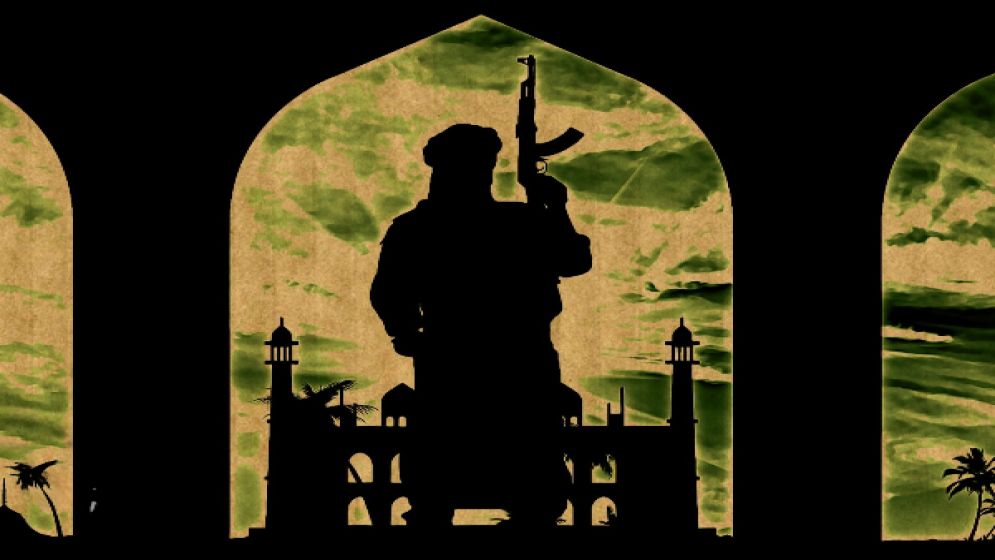
One defining characteristic of fascism is the presence of myth. It's important to note that myth isn't entirely false; it occupies a space distinct from truth and lies. Myths create their own unique reality.
As children, when we read fairy tales about princes, jinn, and demons, we didn't consider them to be factual. While enjoying stories like "The Lord of the Rings," we also didn't perceive these narratives as truth.
Yet, that doesn’t mean they lack influence in our lives. Many millennial women look to Aragorn, a fictional character, as the ideal partner and seek real-life counterparts who resemble him.
Although the realm of myth may seem separate, it still resonates with our reality.
Tolkien depicted Middle-earth as a prehistoric version of our world, which is historically and archaeologically inaccurate. However, such inaccuracies play a significant role in mythical storytelling, facilitating a connection between myth and reality.
The enchanting world of Harry Potter, while not our own, is always linked to our experiences.
Myth can wield considerable power in politics as well. In contemporary times, the connection between myth and fascist politics is particularly strong.
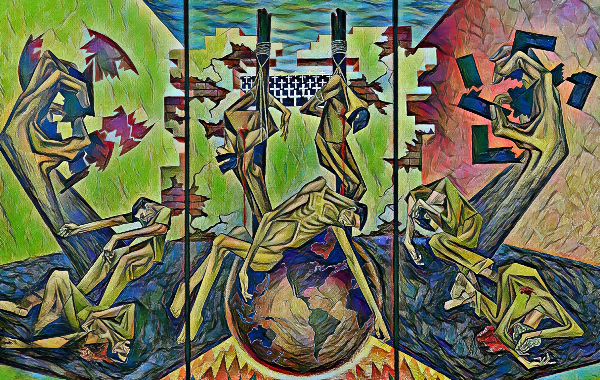
The power of myth
For instance, in the Bangladeshi fascist narrative, Sheikh Mujibur Rahman is regarded as the Father of the Nation, and Hasina is referred to as his daughter. The title "Father of the Nation" serves as a metaphor rather than a biological designation, while "Daughter of the Father of the Nation" signifies a biological link.
How do these concepts intertwine? This is the essence of myth, which exists beyond the binary of truth and falsehood. Like any myth, the Bangladeshi fascist narrative has its own distinct universe, governed by its own (un)rules.
Within the (un)rules of this narrative, metaphorical and biological titles become intertwined. One can also recall the racial myths propagated by the Nazis.
Their race theory lacked scientific validity and was not purely spiritual, yet they utilized scientific language. They understood the spiritual undertones of their constructed racial ideology.
In essence, Nazi race theory was a myth that many of its proponents and intellectuals were acutely aware of.
The Mussolini myth, the Hitler myth, the Hasina myth, the Modi myth, the Osama bin Laden myth—these all exemplify the connection between fascism and myth.
Fascism relies on myths about its leaders and the supremacy of its ideology. It dismisses logic and reason and has little regard for clarity.
Recently, writer and activist Tuhin Khan asked whether those in Bangladesh who claim that the Caliphate is the only solution have any written documents or clear proposals regarding their envisioned Caliphate.
Politically, this is a very reasonable and practical question. However, the issue is that this question holds no significance for those Tuhin is addressing, as they inhabit a world filled with myths about the Caliphate, rather than a grounded understanding of history and reality.
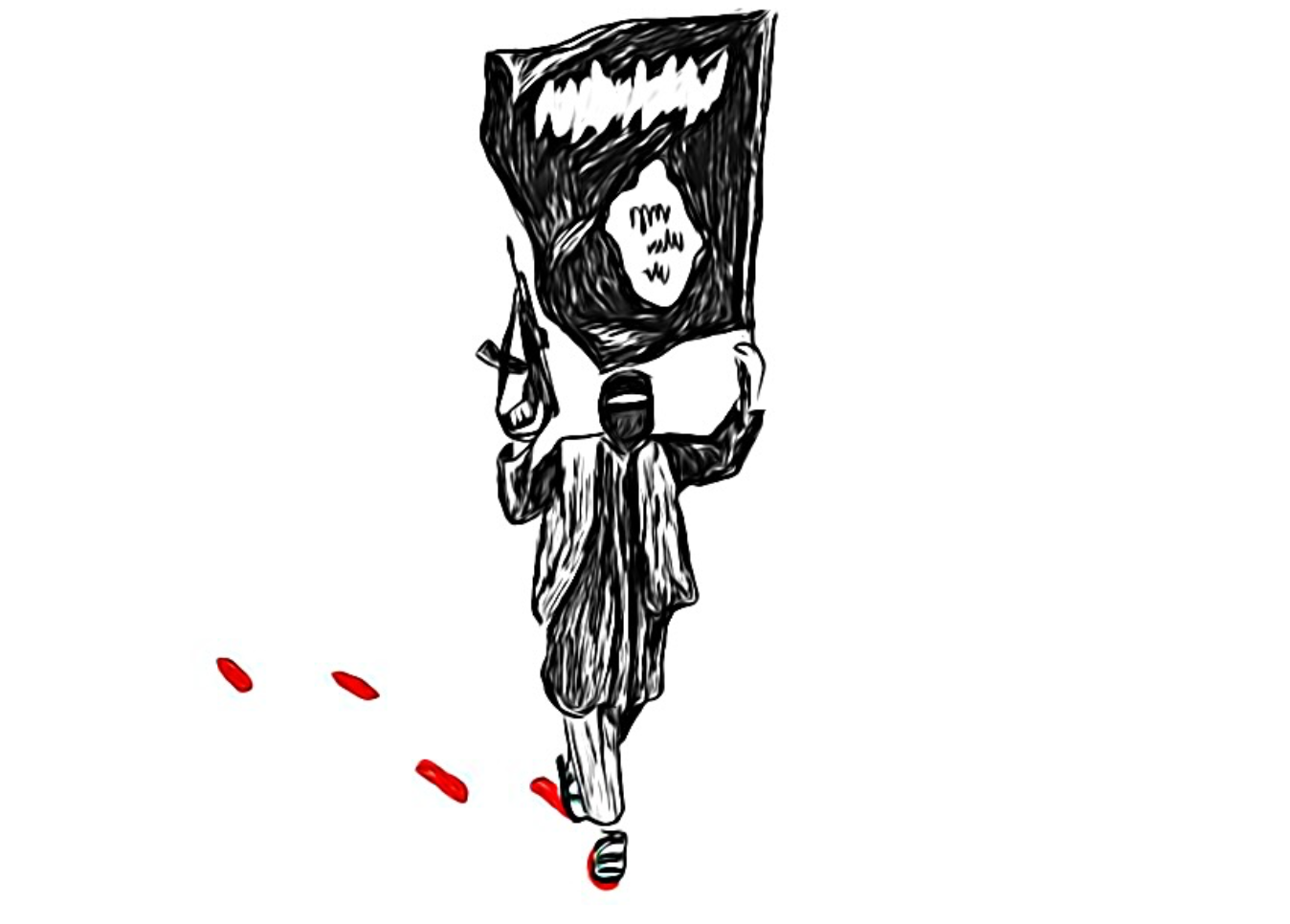 The problem of ossified faith and
supporting myth
The problem of ossified faith and
supporting myth
Consider that they label themselves as true Muslims. Yet, they blindly propagate a hadith attributed to Sunan Abu Dawood, the existence of which in the original hadith collection remains unverified.
Since this hadith supports their mythical framework, they are indifferent to its truthfulness. The concept of the Caliphate among Salafi jihadists and Manhajists is entirely rooted in myth.
Consequently:
1: Even when confronted with concrete evidence from scholars demonstrating the Abbasid fabrication of the 'black flag of Khorasan' hadith, they remain unyielding.
Their tactics may shift temporarily, embracing alternative hadiths like the one from Sunan Abu Dawood, but their core belief in the myth persists
2: They audaciously claim that the modern Kalima calligraphy, a design with no historical precedent and first used by Salafi states and organizations, is the actual flag of the Prophet Muhammad.
This is a blatant attempt to equate the al-Qaeda flag with the Prophet's banner. The absurdity of this claim is evident: countless institutions utilize similar Kalima calligraphy, yet their flags are distinct.
Saudi Arabia and Hamas, for example, both feature the Kalima, but their flags clearly differ. Al-Qaeda, however, relies on intimidation to deny these obvious distinctions, perpetuating the myth of the black flag to bolster their authority and organizational survival
3: Certain groups in Bangladesh, including Jama'atul Mujahideen Bangladesh and other al-Qaeda affiliates, falsely proclaim the al-Qaeda flag as not only the flag of the Kalima and Islam but even the flag of the Prophet Muhammad himself.
This begs the question: why the audacity to lie in the Prophet's name? The answer is simple: truth holds no value for them. This myth, knowingly fabricated, serves to supplant the truth, with these Salafi Jihadi/al-Qaeda supporters embodying the very essence of the Dajjal.
They exploit Islam and the Prophet for their own gain, demonstrating a complete lack of genuine love for the Prophet. Their true objective is to construct and maintain a mythical reality centered on the black flag of al-Qaeda.
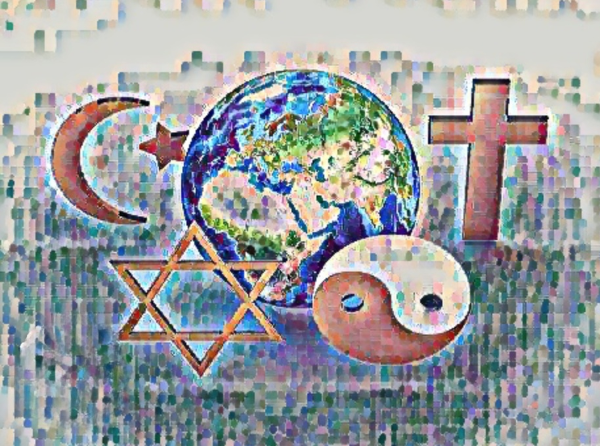
Phantasmagoria and fabricated reality
4: Al-Qaeda supporters have turned the Kalima-inscribed flag into a totem or fetish object. From the perspective of Islamic jurisprudence, this is shirk (polytheism).
And from the perspective of political theology and modern political philosophy, their flag is a product or commodity (well, there is an economy centered on this flag).
Horlicks makes us bigger, stronger, smarter - this is a myth. Similarly, the claim that the flag of al-Qaeda is the "universal" flag of the Prophet and Muslims is also a kind of capitalist myth.
According to Walter Benjamin, in the capitalist era, myth has become powerful again like in ancient times. People are immersed in a new global sleep and live in a mythical dream world. These sleeping people are the targets of fascism.
5: Echoing Walter Benjamin's concept of 'phantasmagoria,' the black flag embraced by Islamofascists in Bangladesh represents the endless repackaging of the old as something new, akin to a product perpetually rebranded.
This isn't their first attempt at myth-making and product peddling centered on the black flag; their past efforts have been exposed and challenged. Yet, these challenges prove futile, for the black flag serves as their 'phantasmagoric product,' a potent symbol that sustains their movement.
This explains why evidence of the truth, historical facts, and the opinions of both classical jurists and modern scholars are readily dismissed by al-Qaeda adherents. Truth, it seems, is irrelevant to them.
They cling to their fabricated reality, a mythical world sustained by the constant reproduction of falsehoods. This isn't a new phenomenon either. Over a decade ago, these very myths were debated, dissected, and debunked in books and articles.
Yet, these lies persist. Why? Why do those immersed in this world of falsehoods refuse to acknowledge the truth, even when presented with irrefutable evidence?
Two factors contribute to this phenomenon.
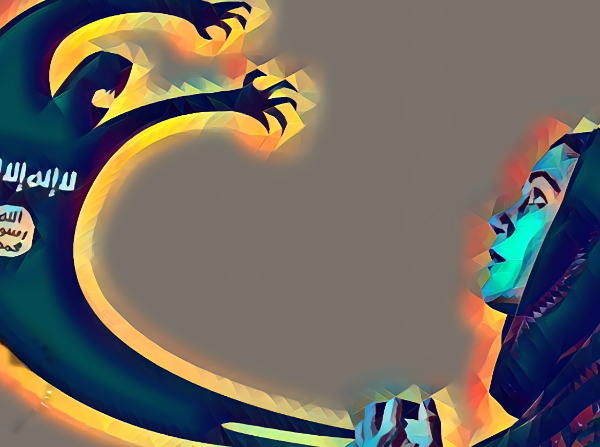
A self-perpetuating cycle
First, many lack the courage or intellectual capacity to break free from the seductive embrace of the myth. Second, these Salafi-Jihadi symbols and narratives have become commodified, transformed into 'phantasmagoria' in the marketplace of ideas.
This creates a self-perpetuating cycle, where the demand for these symbols fuels their continued reproduction.
Bangladesh faces a grave threat from al-Qaeda supporters and their brand of Islamofascism. While seemingly opposed to other forms of fascism, such as those rooted in Mujibism or Hindutva ideologies, they are all fundamentally anti-democratic and mutually reinforcing.
History has shown that combating one form of fascism while tolerating another is a futile endeavor.
To counter this threat, we must unite and actively resist these forces. While de-radicalizing those already entrenched in Islamofascist ideology is challenging, we can focus on prevention.
We must engage with our youth, particularly Millennials and Gen Z, who are vulnerable to these narratives. By fostering critical thinking, promoting healthy dialogue, and providing alternative pathways, we can empower them to reject extremism.
Let us break this cycle of radicalization and safeguard future generations from the clutches of fascism and discord. The time for unity and action is now.
—
Parvez Alam is the author of the critically acclaimed Book “Madina”

